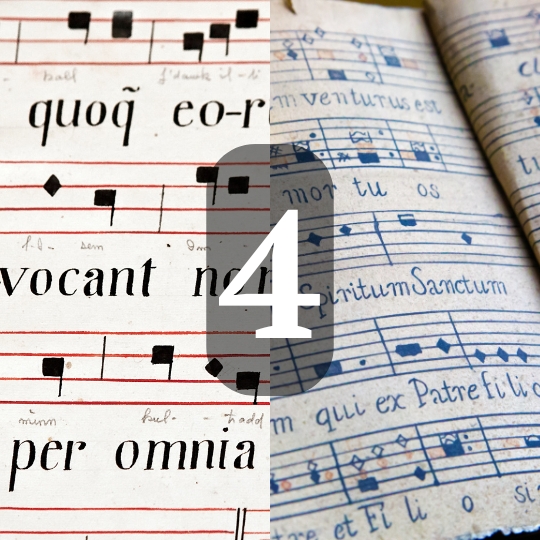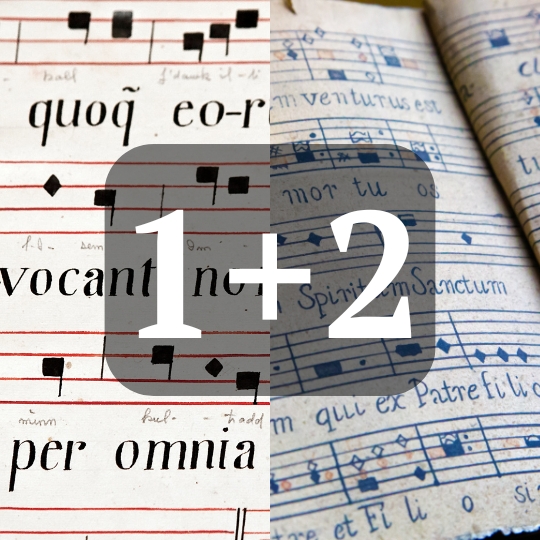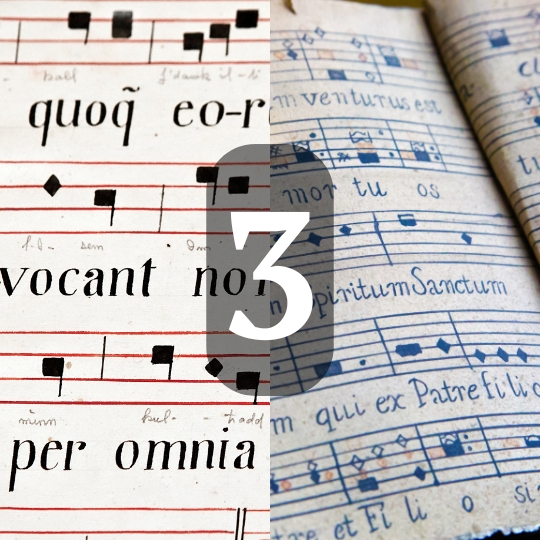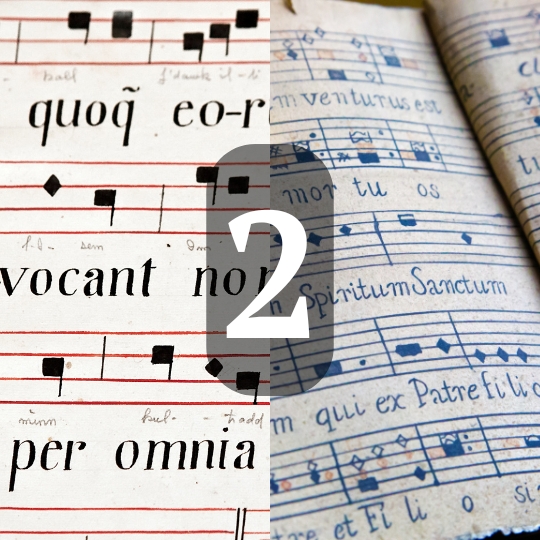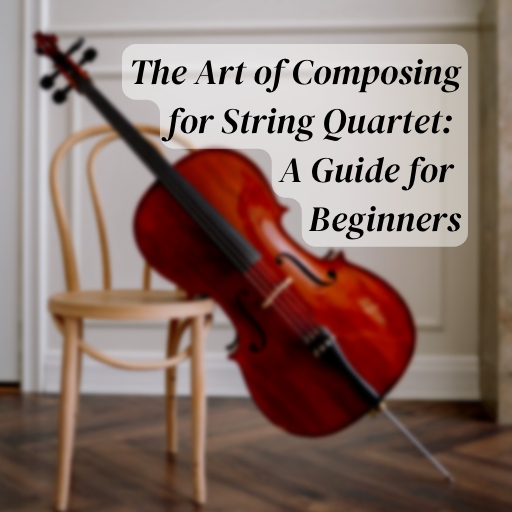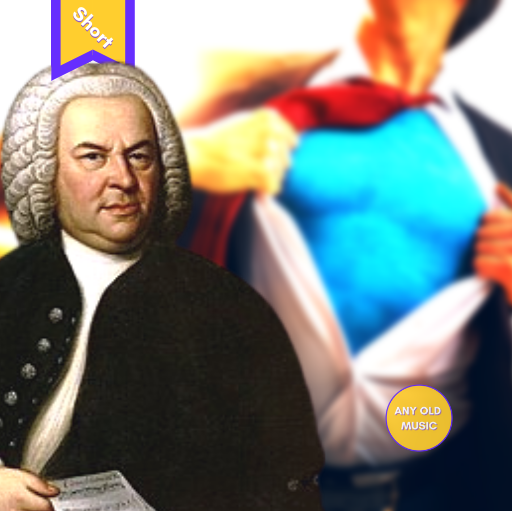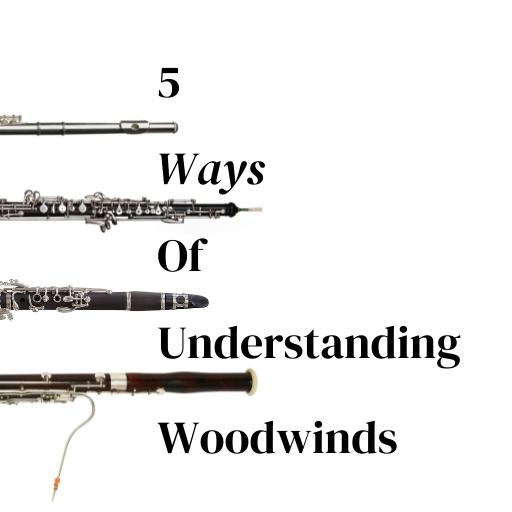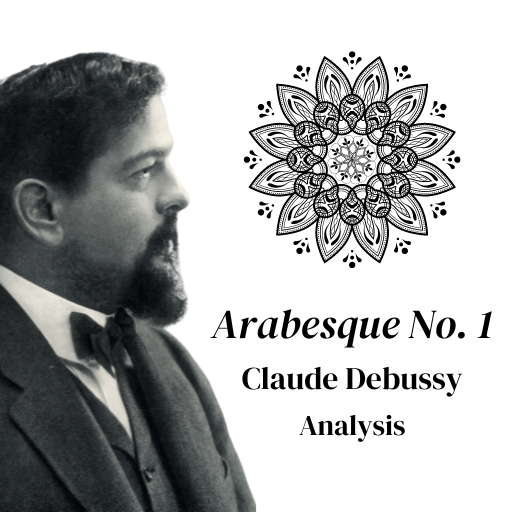Norman Del Mar’s engaging and informative writing provides unique insights into instrumentation and the lived experience of a knowledgeable conductor and horn player. Let’s take a look at Anatomy of the Orchestra (1981).

The deets
I have had this book, Anatomy of the Orchestra, for a while. I cannot remember how I discovered it and purchased it. It was probably while scouring Amazon when studying Orchestration at University over 10 years ago. (Oh my. How old am I?!)
The first edition of Anatomy of the Orchestra was published in 1981, so it may not sound like it, but when it comes to orchestras and orchestration that’s actually a pretty modern text. However, my copy is a Faber Finds reprint, which does not tell me any edition information. So please bear that in mind, when reading my review and let me know if you have any later editions that might render my critiques redundant!
If you’d like to be updated when we release new articles and videos, sign up for the Any Old Music Mailing List.
Les Biches (RM25-6) – Francis Poulenc
How to Write Fourth Species Counterpoint: A Comprehensive Guide
Starting to Compose With Counterpoint: Guide to Writing Combined 1st and 2nd Species Counterpoints
How to Write Third Species Counterpoint: A Comprehensive Guide
How to Write Second Species Counterpoint: A Comprehensive Guide
How to Write First Species Counterpoint: A Comprehensive Guide
Making Mozart Scary
The Art of Composing for String Quartet: A Guide for Beginners
Anatomy of the Orchestra by Norman Del Mar (Book Review)
“How do I orchestrate a piece of music?” (5-tips.)
Nocturne No. 19 in E-Minor, Op. 72 No. 1 (Analysis) – Friederich Chopin
Gilderoy Lockhart – John Williams (Impromptu Melodic Analysis)
The Author, Norman Del Mar
Anatomy of the Orchestra was written by Norman Del Mar who was a British conductor and horn player, which is probably why the horn chapter in Anatomy of the Orchestra holds information that I’ve not seen in any other orchestration or instrumentation manual. Del Mar’s conducting career spanned several decades from the 1940s right to the 1990s, until he died in 1994. He also has publications on conducting works by Beethoven, Brahms and Elgar, along with a study of Mahler’s 6th Symphony, that I might try and find and review.
What’s in it?
Anatomy of the Orchestra is a book about the instruments of the orchestra. It’s not comprehensive but is thorough, including a vast array of instruments. The book is broken down into sections and sub-sections. Each section focuses on a group within the orchestra, such as strings, woodwinds, brass—which is further broken into “Horns”, including Wagner Tubas and “Heavy Brass”––and then Timpani and other percussion, Keyboards and a miscellaneous section that finishes with the use of voices in the orchestra.
The sub-sections focus on a range of things from explorations of specific instruments within the sections, but also explorations of particular qualities and techniques too. For example, “problems of double bass tuning” as a sub-section in strings, “phrasing” in the woodwinds, “water emptying” in the horns, “Extremes of Dynamic” in the brass, “Use of different sticks” in the timpani etc. etc.
“Walking Distance” (The Twilight Zone: S1, E5) – Bernard Herrmann – Part 2 – Composition Technique
Wolfgang Amadeus Mozart – K. 304, K. 448 & k. 550: varying repetitions – bitesize Composition analysis
Walking Distance (The Twilight zone: S1, E5) – Bernard Herrmann – Part 1: Instrumentation & Orchestration
Troika from Lieutenant Kijé (suite) (1934) – Sergei Prokofiev
This is Berk – How To Train Your Dragon (Dreamworks) – John Powell (Music Analysis – Composition Technique)
The Sorcerer’s Apprentice – Paul Dukas (Music Composition Techniques Analysis)
The Lark Ascending (Music Composition Analysis) – Ralph Vaughan Williams (Article 1 – Lessons in Harmony)
The Flag Parade – Music Composition Techniques
The Day the Earth Stood Still, Bernard Herrmann – Orchestration Technique
The Art of Composing for String Quartet: A Guide for Beginners
Starting to Compose With Counterpoint: Guide to Writing Combined 1st and 2nd Species Counterpoints
Spiegel im Spiegel – Arvo Pärt
The generally good stuff
What I really love about this book is not only how it is loaded with great information about instrumentation and how composers have used instruments in the orchestra, but it is how that information is delivered. Of course, I love my orchestration manuals—my Adler is often picked up for reference and, sometimes(!), study. However, Anatomy of the Orchestra can be simply read from cover to cover like a novel. Where you might grab a hot drink to sit down with Adler, Piston or Blatter, you probably would be preparing to sit at a desk with notebooks and annotation labels. With Del Mar, it’s more relaxed. Just get in the sofa or another comfy chair and let the information go in (or not, you can always read it again).
A specific good thing
Del Mar is hugely knowledgeable. When the first edition was published he was an experienced practitioner, in his 60s, who had conducted top groups across the world and published articles and books on a range of topics based on his experience and study. These things come across in Anatomy of the Orchestra, there’s technical theoretical knowledge merged with learned, lived experience.
My favourite section is that on the Horns, which is separate to the rest of the brass in this book. It boasts details that I have not seen any where else, even in orchestration manuals. The details and description of crooks and tunings is well described (though these do exist in other manuals) and the forms of hand stopping/muting was a revelation to me (which I have not noticed in other manuals; Adler does not mention the two main types that Del Mar does). I am a Trumpet player, but it just goes to show how specific instruments are and especially how special the horn is within the brass section and its linking quality to the woodwinds.
Other things that I liked were discussions surrounding divisi, “platform planning” and “numerical strength” in the string section. I also enjoyed the exploration of the clarinets, which included the Basset Horn and the section and chapters on the Timpani.
How to Write Third Species Counterpoint: A Comprehensive Guide
The Flag Parade – Music Composition Techniques
Learning from John Williams – Recomposing Flag Parade
J. S. Bach – Badinerie (Orchestral Suite No. 2 in B-minor) (Bitesize Composition Analysis)
5 ways of Understanding woodwinds
Arabesque No. 1 – Claude Debussy (Music Composition Analysis)
The Sorcerer’s Apprentice – Paul Dukas (Music Composition Techniques Analysis)
Fawkes the Phoenix – John Williams (Music Composition Analysis – Arrangement, melody and melodic development)
Pyotr Ilyich Tchaikovsky – Symphony No. 2 “Little Russian” – Orchestrating Variety – Bitesize Orchestration Analysis
Spiegel im Spiegel – Arvo Pärt
Orchestrating a Swashbuckler: The Wreckers Overture (Ethel Smyth)
How to repeat melodies without them getting boring… [Video]
The generally less good stuff
There’s not much about this book that I don’t like. I suppose, one thing is the structure of certain sections and sub-sections does sometimes wander toward a textbook quality. This conflicts with what I love about this book, that it is not a text book but a rich book that is nicely written. The Strings and Horns sections for instance are nicely structured, whereas the discussion on Woodwinds, while very good in of itself, seems a little more rigid and formulaic. The problem with that is: you’ll pick up Del Mar to read, while you’ll pick up Adler (or whatever your chosen manual is) for reference. In other words, I love the kind of serendipitous nature of the book’s imparting knowledge.
A specific bad thing
I do not have many bad things to say about this book, Anatomy of the Orchestra. I suppose if I had to level a criticism it would be on the presentation of extracts, which are sometimes a little confusing and unclear. However, there’s something about the form of this book that let’s it get away with this. While the extracts are important, the text is always rich and engaging. A manual or textbook, which leans more heavily on extracts and concise language probably wouldn’t. And, I think this is an important distinction to make: what the book is trying to do. It’s not so much trying to teach you, but impart wisdom.
Recommendation
A desirable addition to any composer’s, conductor’s, orchestrator’s or arranger’s library, I wouldn’t call Anatomy of the Orchestra essential. Without a doubt, it is a far more enjoyable read, one that you can do cover to cover, as opposed to manuals such as Adler’s The Study of Orchestration or Blatter’s Instrumentation and Orchestration. In that sense, I would highly recommend it to any composer or orchestrator who has a manual for reference already. Or, to anyone who isn’t a composer or orchestrator, but is interested in the orchestra, orchestral instruments and orchestral music. If you don’t have a manual and you are or want to become a composer or orchestrator then I would recommend searching for a manual first. If you’ve got the manual though, get this.
Rating (out of 10)
It’s a great book, one that I thoroughly enjoyed reading. If I had to quantify what that means I’d give it an 8/10. It’s probably cursed by the fact that it’s one of the first books I’ve reviewed like this, so I don’t want to go too high.


